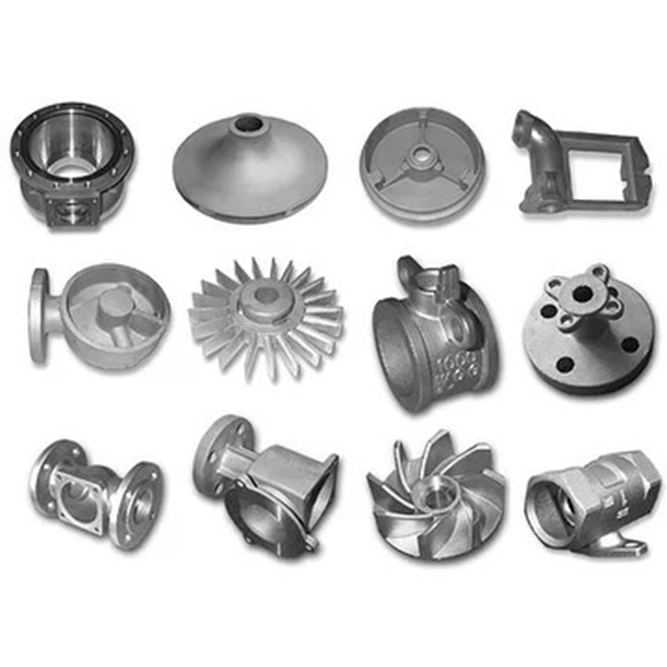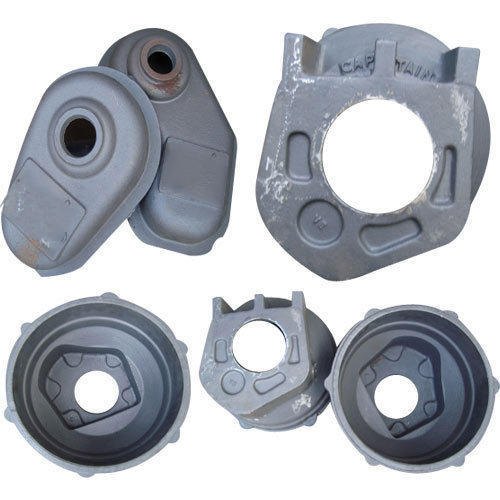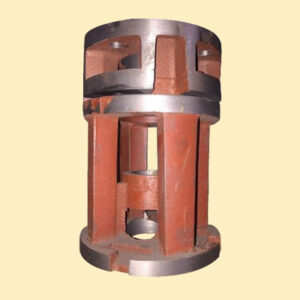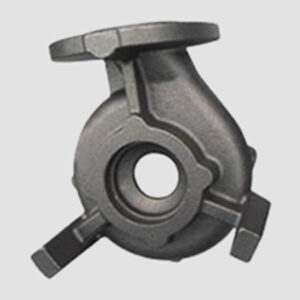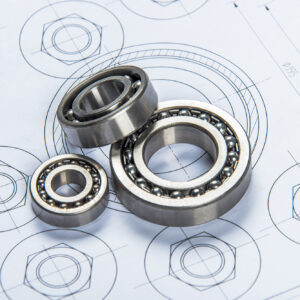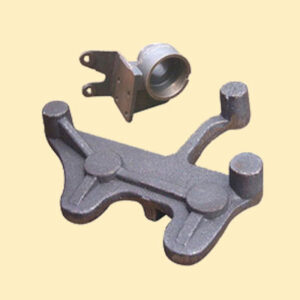The manufacturing of automobile parts involves a variety of processes and materials to produce the components that make up a vehicle.
Description
Here are some common types of automobile parts and the manufacturing processes associated with them:
Engine Components:
Casting: Engine blocks and cylinder heads are often produced through casting processes. Aluminum or cast iron is commonly used in these castings.
Machining: After casting, the components undergo machining processes such as milling and drilling to achieve the required precision and surface finish.
Forging: Some critical engine components, like crankshafts and connecting rods, may be forged for strength and durability.
Transmission Parts:
Machining: Transmission components, such as gears and shafts, undergo precision machining to ensure proper fit and function.
Heat Treatment: Heat treatment processes are often applied to improve the hardness and strength of transmission parts.
Suspension and Steering Components:
Stamping: Many suspension and steering components, such as control arms and brackets, are produced through stamping processes where a metal sheet is formed into the desired shape.
Welding: Welding is used to assemble various components, especially in the construction of the vehicle’s frame and chassis.
Interior Components:
Injection Molding: Plastic components for the interior, such as dashboard panels, door trims, and various interior fittings, are often produced using injection molding.
Upholstery: Seats and other interior parts with fabric or leather upholstery undergo specialized manufacturing processes.
Electrical and Electronic Components:
PCB Assembly: Electronic components, including control modules and sensors, are often mounted on printed circuit boards (PCBs) through automated assembly processes.
Wiring Harness Manufacturing: Wiring harnesses are produced by assembling wires and connectors, and the assembly process may involve manual labor or automation.
Exterior Body Parts:
Stamping and Forming: Exterior body panels, such as doors, fenders, and hoods, are often produced through stamping and forming processes using metal sheets.
Painting: After the body parts are manufactured, they undergo painting processes for corrosion resistance and aesthetic purposes.
The production of automobile parts is a complex and highly specialized field, often involving a combination of various manufacturing processes to meet safety, performance, and quality standards. Advances in materials and manufacturing technologies continue to influence the efficiency and sustainability of automobile part production.

